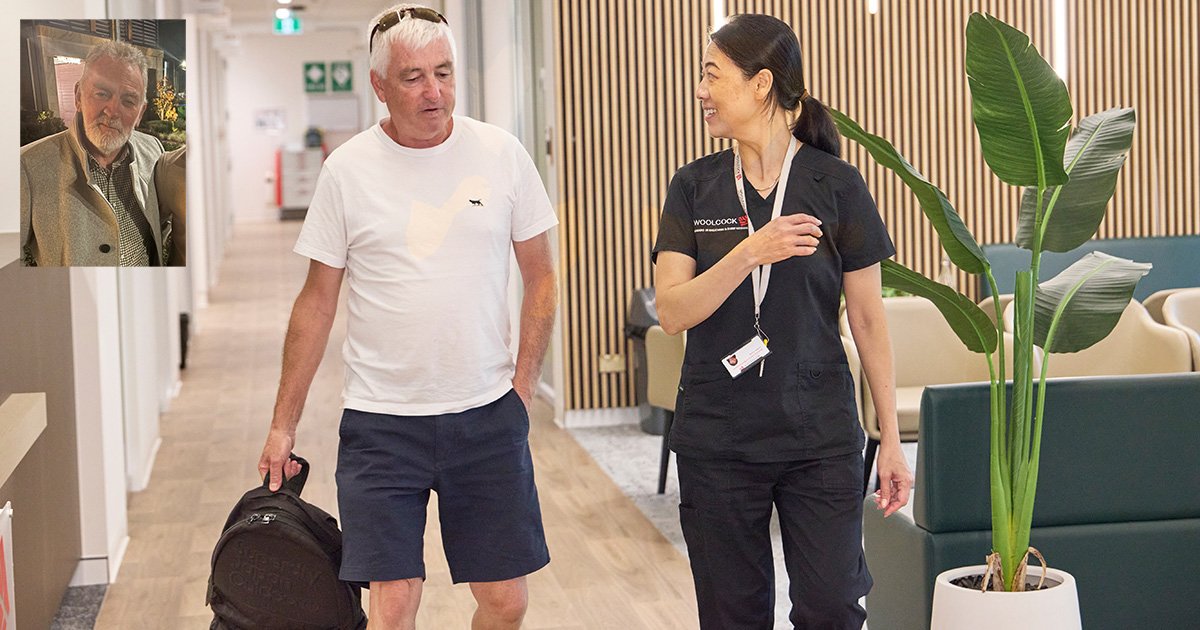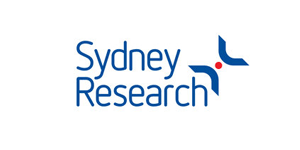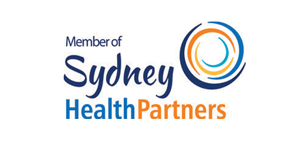The Woolcock Institute of Medical Research

A CPAP journey to wellness
To hear about Gary Buckley’s CPAP experience in his words is to believe that everything about the process went swimmingly – from start to finish. Maybe that’s because for the first time in a very long time he’s sleeping well and waking feeling refreshed.
“We have four bedrooms in this house. My wife sleeps at one end and I’m at the other because she’s a light sleeper and I’ve always snored like a chainsaw. That didn’t seem like too much of a problem but in the past year or so I’d noticed myself petering out at or 3pm and I’d give anything to have a lie down.”
Gary figured his tiredness wasn’t just down to age and it might be a problem with his snoring so he visited his doctor and was referred for a sleep study at the Woolcock Clinic.
“The results were that bad, my GP was shocked.”
Gary’s CPAP Therapist at the Woolcock Therapy Centre (WTC), Jeremy Sparkes, explains that Gary was assessed as having very severe sleep-disordered breathing. He stopped breathing on average 80 times per hour during his sleep and his blood oxygen levels were dropping as low as 60 percent.
“They told me I was stopping breathing on average, 33 minutes of every hour. And I've said that's not possible, I'd be dead. Looking back on it, it really wasn't good. Motorcycles are my thing, Harley Davidsons in particular, and I’ve got a project bike here that I wasn’t working on because I was just too tired but that’s probably a good thing because if I’d been working with power tools I might have done myself some real damage.”
“After the sleep study they gave me a machine and I did another one with it on. I'm telling you, when I left at 7 in the morning I felt great - better than I had in the previous year.”
Want to stay up to date with our research on sleep and respiratory conditions?
Sign up to our quarterly newsletter
When asked if he had any difficulty getting used to using his new CPAP set up every night Gary, with what within only 10 minutes chatting with him sounds like habitual positivity, says “No. What it comes down to is there's no option here. Is there?”
Jeremy explains: “Gary was referred to Dr Ben Nguyen and underwent a sleep study with CPAP so that we could determine the best settings for him to use. This study was successful, and we put him on CPAP as per those settings but he was initially poorly controlled on his trial.”
“Throughout the trial we struggled with mask leak and poor control of sleep disordered breathing. The challenge was that he had a full beard, making full face masks tricky to fit, and he was a mouth-breather at night, making nasal masks sub-optimal.”
“We changed his settings and mask several times over the course of a couple of months. Ultimately, with correct mask selection and increased pressure, we were able to control his sleep disordered breathing, reducing it to 3.5 events per hour on CPAP, within the normal healthy range of between zero and five.”
Gary has nothing but praise for Jeremy and the WTC process.
“Jeremy was great. I couldn't have asked for more. Told me everything I wanted to know and, you know ‘let’s try this, let’s try that’ until we got it right. At first, I had the nose and mouth mask and because I've got a beard it just wasn't working. So, he put me on to the nasal mask which works a treat.”
“It’s not even really a mask, it’s just on the nose. It's comfortable, I sleep well and every morning I get up and I check my reading every morning to see how I’ve gone. I'm getting some great readings. And I’m feeling 100 percent better, I’m sleeping properly and I’m not doing myself further damage.”
“I said to Dr Nguyen ‘why did you choose this field of medicine?’ and he said ‘well, when you know the illnesses that can come from bad sleep, it's preventative medicine. That's forward thinking, isn't it - taking care of things before they happen. I think the Woolcock, their motto should be ‘serious about sleep’ because I believe they really are.”










